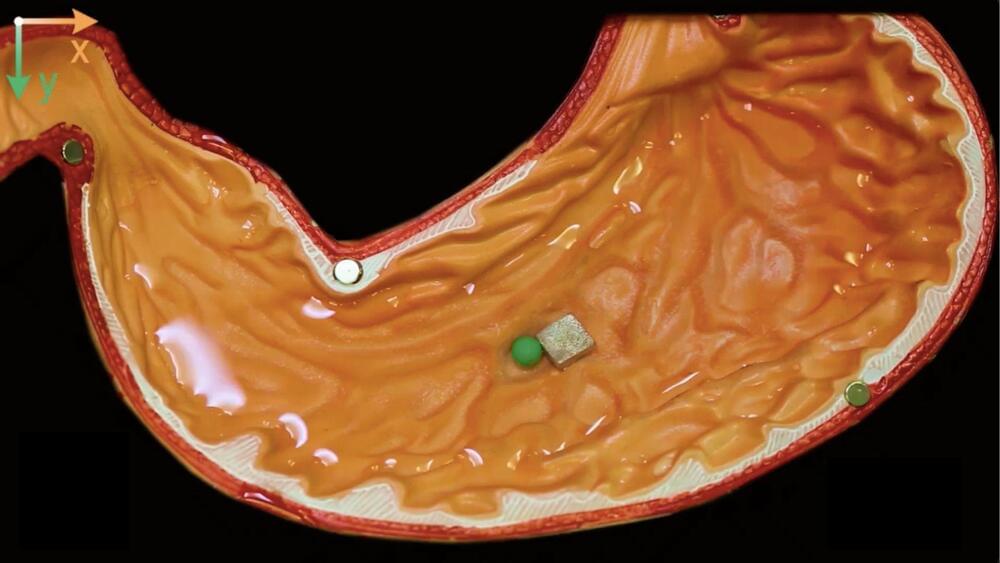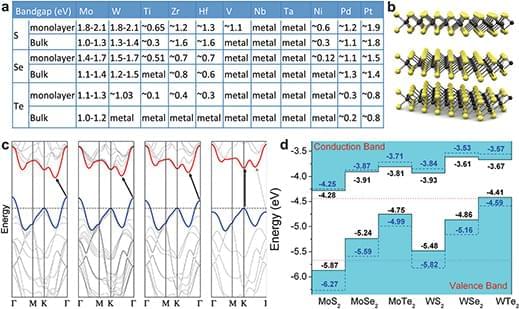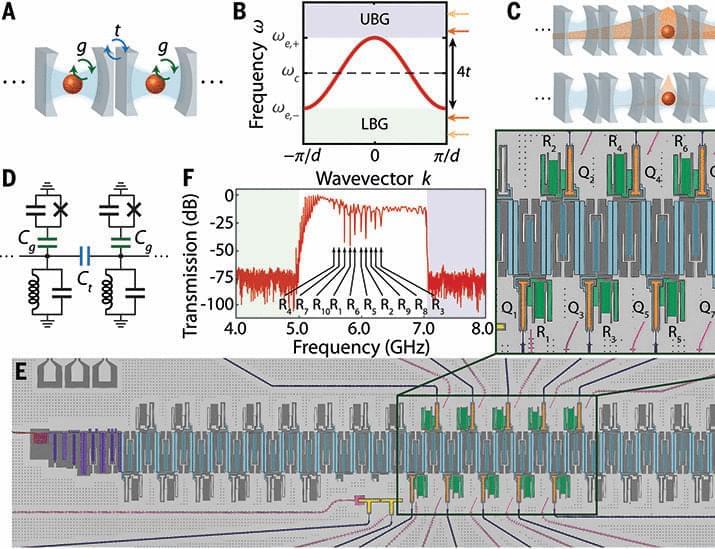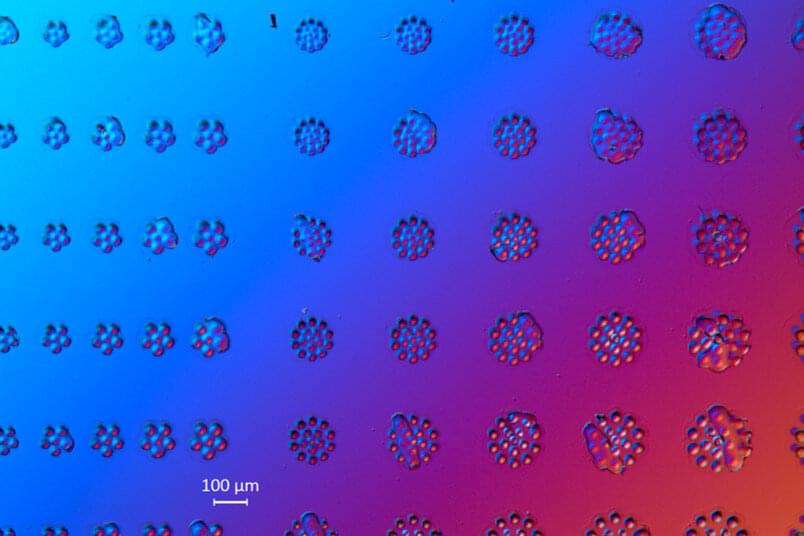It can even liquefy and move through small spaces, just like T-1000 in Terminator 2.
An international team of scientists created sea cucumber-inspired miniature robots that can quickly shift between liquid and solid states.
They built the new robots with a material they dubbed a “magnetoactive solid-liquid phase transitional machine.” The robots are also magnetic and can conduct electricity, as per a press release.
Wang and Pan et al.
During a mobility test, the researchers put the robot through an obstacle course, which saw it liquefy and move through jail bars. The move recalls the robot T-1000 from Terminator 2, which was able to liquefy and change shape at will.








